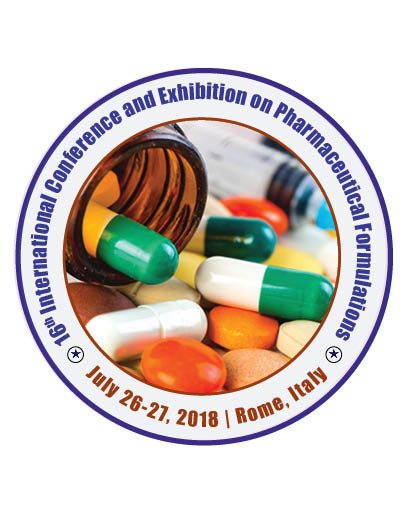
Mehran Feizi Dehnayebi
University of Sistan and Baluchestan, Iran
Title: Introducing novel potential drugs for Alzheimer’s disease via computer-aided design
Biography
Biography: Mehran Feizi Dehnayebi
Abstract
Alzheimer’s disease is the main cause of death in the old people which is caused by amyloid beta aggregation (Aβ) in the brain. Human serum albumin (HSA) is the carrier protein in the body which forms the most of the blood plasma proteins. The rational design of drugs is a crucial dispute in pharmaceutical industry. In-silico drug design and discovery studies can be performed by using molecular docking simulation. In this approach, a lead compound is proposed and developed from the discovery stage to the clinical usage. In this study, in order to choose the lead compound the interaction of two anti-Alzheimer drugs (galantamine and tacrine) with HSA is investigated by molecular docking simulation. Based on the lead, ten new compounds are designed. Afterwards, the pharmaceutical properties and toxicity of these new compounds are estimated by using OSIRIS DataWarrior software. Beside molecular docking simulation, the prediction of their pharmaceutical properties assists to discover the new potential drugs. Docking results represent galantamine compared to the tacrine gives not only more stable interaction energy (-112.18 vs -106.45 kcal/mol), but also shows higher ligand efficiency (-6.02 vs -5.22). So, galantamine is chosen as a lead molecule due to the interaction energy. Furthermore, docking results indicate that the new compounds B, G, H and J, compared to the other designed compounds, have the highest interaction energy with HSA (-130.061, -113.086, -119.584, -118.735 kcal/mol). On the other hand, OSIRIS Data Warrior results provide that the compound J lacks the effects of mutagenic, tumorigenic, sterility and irritant. Moreover, for this compound, clogP, drug likeness and drug score are equal to 0.623, 4.761 and 0.892, respectively. So, based on the aformentioned results, compound J in terms of computational results can be used as a potential drug for the treatment of Alzheimer’s disease. To ensure the medicinal effect of this compound, the biological and laboratory tests should be performed.

